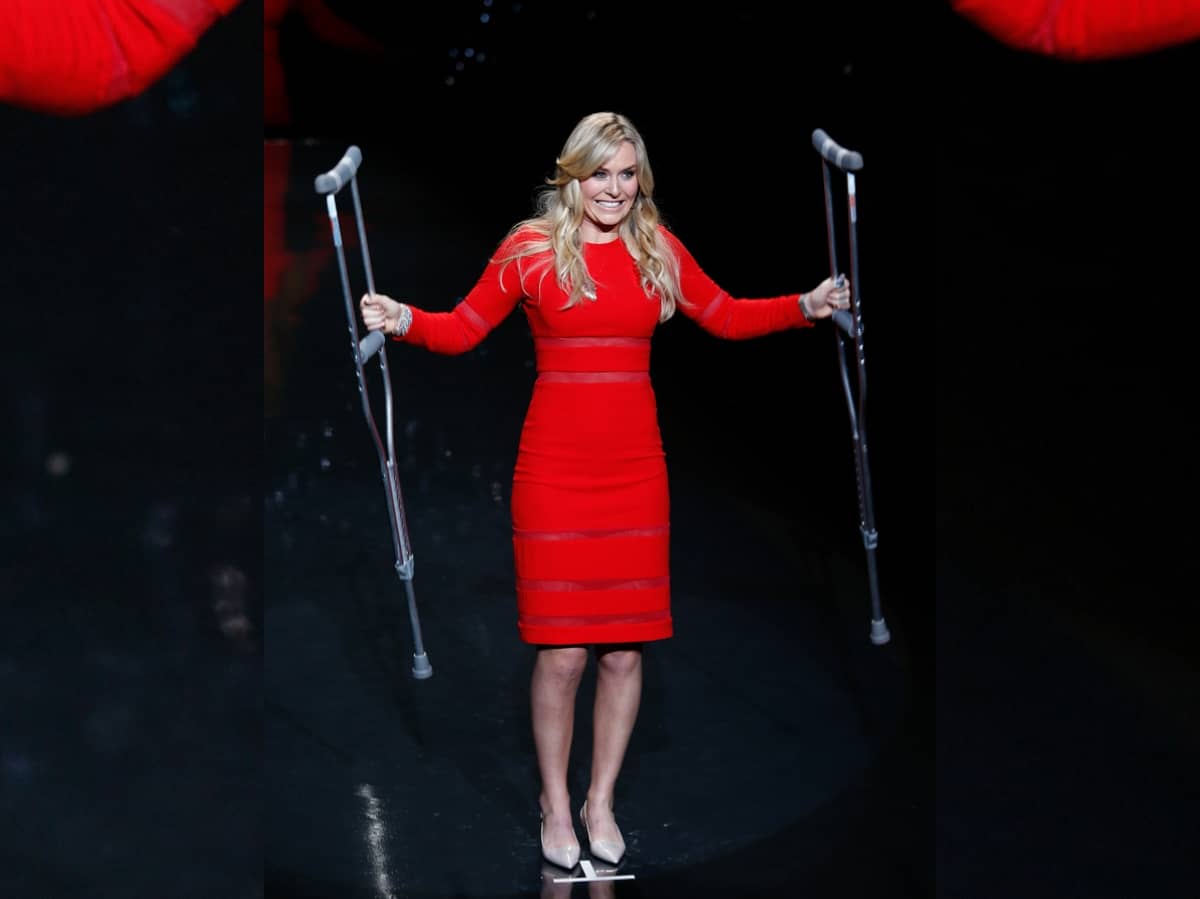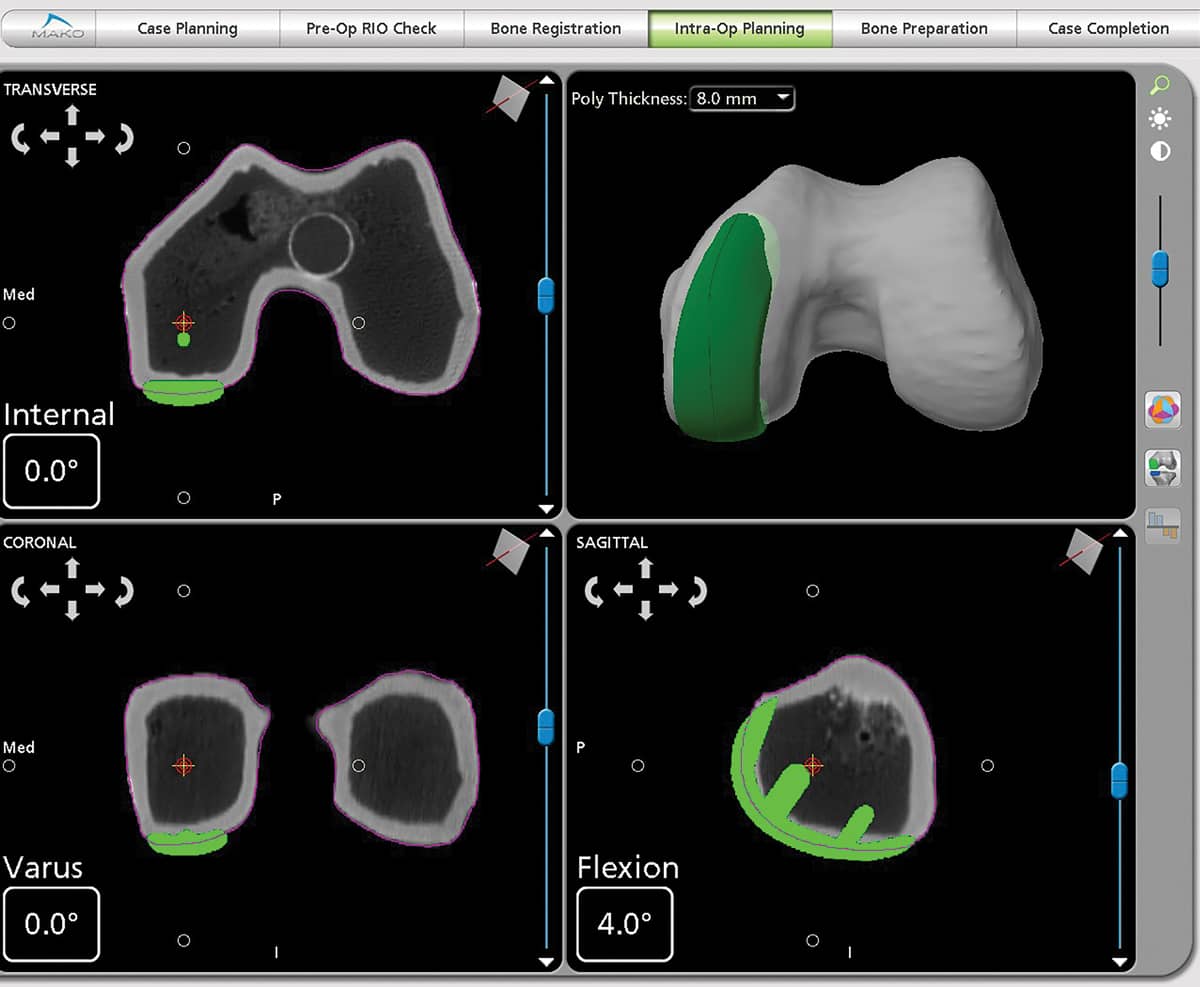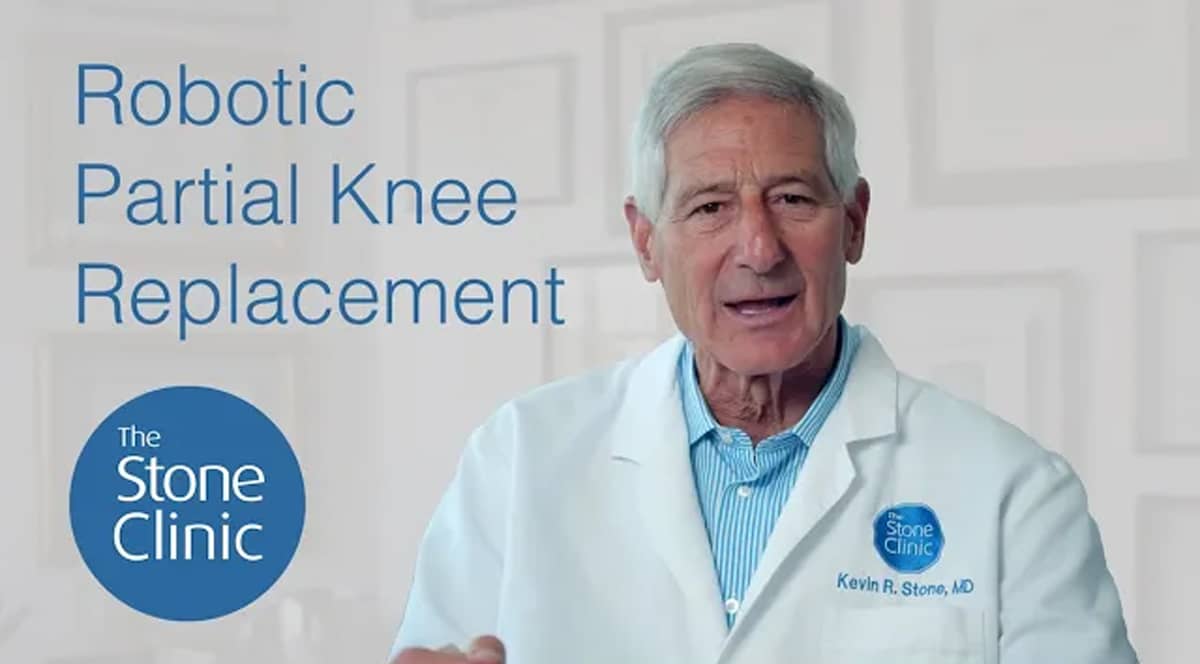What Lindsey Vonn Is Teaching Older Athletes
Hear From Our Patients
Back to Skiing on a Total Knee ReplacementWhen the world’s best downhill ski racer retires—in part due to severe knee arthritis—it makes everyone who follows skiing a little sad. Here is how that sadness has turned to ecstasy.

Editorial credit: Debby Wong / Shutterstock.com.
Vonn won 43 downhill World Cup races (out of 82 total World Cup victories), two World Championships gold medals, and one Olympic gold medal. She was widely viewed as the best ever in her sport. Her off-snow life dating Tiger Woods, along with a reputation for ruthless competitiveness, added to her aura of invincibility. She retired at age 34 primarily due to the multiple knee injuries that led to unsuccessfully treated arthritis. It is always frustrating for those of us dedicating our careers to restoring athletic knees to see the very best stop early.
Vonn lost the articular cartilage — the bearing surface of her knee — on the lateral or outside part while preserving the cartilage around the rest of the knee. Once that cartilage is gone, the bone of the femur rubs on the bone of the tibia, and the knee slowly caves to the outside. This is called a valgus, or knock knee. The pain from this inhibits muscle development and, for a skier, makes it difficult to load the inside edge of the ski while making a turn to that side of the arthritic knee. In a sport of milliseconds, arthritis stops the clock.
Vonn retired. Most surgeons advise people with lateral knee bone-on-bone arthritis to live with it until they are ready for a full knee replacement. The reason is that the femur rotates on top of the tibia as the knee flexes. On the lateral side, as opposed to the medial side, this rotation is a large and complex motion. Most surgeons do not attempt to replicate this motion with partial knee replacements.
Once robotics came on the scene, we were able to build a 3D model of the patient’s knee and reproduce their unique knee motion on the computer. Since about 2008, when we bought the first outpatient MAKO robot in the world, our lateral knee replacements have been the most successful of all partial knee operations.

Vonn discovered this possibility as well and underwent a lateral partial knee replacement using the MAKO robot (operated by one of its inventors) and had the expected fabulous pain relief. She then dug deeply into her own psyche and realized she still had the drive to find out if she could return to gold medal form. That maniacal drive to push oneself harder than anyone else could imagine, combined with her experience and skill as a downhill skier, led her back to the podium in 2025 at age 41 and possibly toward an Olympic medal in 2026.
Vonn is showing us that while the mind is the most important part of engaging in sports at every level, obtaining top-level care for injuries and then building upon that care is critical. It empowers recovering players in all sports to see themselves as athletes in training, not as patients in rehab.
If you, too, can use every injury as an excuse to see yourself as an athlete in training, obtaining great care and building upon it, you can play forever.
For more on how skiers can play for a lifetime and avoid knee pain after skiing, be sure to check out all Dr. Stone's blogs on skiing injury prevention and recovery.
The Science Behind Lindsey Vonn's Partial Knee Replacement Explained
Dr. Stone performs robotic partial and total knee replacements using the Stryker MAKO Robotic-Arm Assisted Orthopaedic System—the same breakthrough technology that helped Lindsey Vonn return to elite competition after knee arthritis.
This minimally invasive, precision-guided technique removes only the damaged tissue and preserves healthy structures, resulting in a strong, natural-feeling knee with rapid pain relief.



